|
I've been very fortunate to have met, and become friends with, a community of cyclists and not only from Colorado because many of the races I've competed in attract racers from all over the country and even abroad. Those relationships have delivered a lot of generous feedback and suggestions, including this recent (part of a) text message from a friend from North Carolina, "... don't load up the legs with low cadence." - Chris Angelich It seems like an insignificant piece of advice but that's misleading. In fact, it is the clue that finally led me to an answer to the following question: where have my legs gone over the last few weeks of racing? Following three blocks of base training from January through March, each four weeks in duration, I was feeling strong and often riding faster in my lower heart rate zones than I ever had before. Most of this work was accomplished on a road bike at high cadence, 85-95 rpms, and low heart rates (i.e., base miles). The next block of four weeks combined base mile training with intervals and other speed work to increase performance in my upper, mainly anaerobic, heart rate zones. Those four weeks concluded at the end of April, and again, I was feeling stronger than ever. heading into May, the beginning of race preparation. At this point, training hours and intensity dropped-off somewhat, especially before scheduled races on 9 May, 12 hrs of Mesa Verde, and the Full Growler, 24 May. The Growler was my first "A race" for the year. The 12 hr event was cancelled before I started, due to weather, but a ride the next day confirmed that I was in my best form to date. And that form clearly held throughout the month given that I was able to deliver a first place age and 14th overall finish at the Growler. A few days after that celebrated finish, I competed in the 20 mile, short-fast, Gowdy Grinder at Curt Gowdy State Park, on 31 May. The following Tuesday, the triplet of near back-to-back races concluded with a short-track burst of high intensity racing (50 minutes) at the New Belgium Short Track Series in Fort Collins, Colorado. Following these races, I was fatigued, of course, but not concerned about it nor should I have been in hindsight, the problems I'll get to below hadn't started yet. My coach and I sensibly settled into recovery for a few days and then moved into the next block of training that would dominate the month of June ... which is where my troubles began and then finally peaked (I hope!) at the Silver Rush 50 on 11 July. The first Saturday in June, 6-6, I rode familiar trails in (mainly) Lory State Park, Horsetooth Mountain Park (HMP), and Bobcat Ridge Natural Area. Despite the name that I gave the ride on Strava, the 'no mercy' part reflected the sections ridden in HMP: bobcat and back via no mercy. HMP is all up, and often technical. That day I rode for 6 hrs 58 minutes only stopping for water. Average elevation was 5842 feet with nearly 10,000 feet (348 meters) of climbing. I felt great that day, accomplished many top 10 finishes and personal records, I had not yet began to feel the effect of the 34 ring integrated into my 1 x 11 Sram XX1 drive train. The following two Saturdays, 6-13 and 6-20, I positioned my mobile r-pod base camp below Mount Shavano not far from Salida, Colorado. The summit, at 14,235-foot (4,339 m), loomed above my campsite in the San Isabel National Forest. I established this camp site in order to have convenient access to the Colorado Trail and a portion of the Salida Big Friggin Loop introduced to me by another one of those friends from the cycling community. For these Saturday scheduled race-pace, race-duration, and race-elevation training rides, the portion of the big loop from Shavano to Cottonwood Creek appeared to be ideal. On 6-13, I was on the bike for close to 7 hrs and 15 minutes, average ride elevation was nearly 10,000 feet with sections well over 11,000 feet. For good reason, I named this ride, simply, 'all up' on Strava. Total elevation gain was a monstrous 11,000+ feet of climbing. Half-way through the ride, at about Princeton Hot Springs, my energy dipped, but no-where-near bonking. I rode on and felt better. The next dip occurred in the last 10 miles on the Colorado Trail heading back to the trailhead (blanks) below Mount Shavano, but this time relief only came when I finished the section and started the descent to camp. It wasn't a bonk, i.e., lack of nutrition/energy, it was fatigue from climbing so many feet/meters and especially with a 34 ring integrated into my drive train. Being stubborn, I nonetheless cleaned (kept me feet in the pedals) most of the climbs that day, even the ones approaching the trailhead. However, there was a cost to that thick headedness, keep reading. On 6-20, feeling even more masochistic than usual it seems, I headed-out on my second Shavano and Cottonwood Creek out-and-back training ride, at race pace. This time I drank more water, I had speculated that dehydration was the reason why my legs seemed to somewhat abandon me on the last few climbs the week before. I felt pretty good out to the Mount Princeton area, and this feeling continued, for the most part, all the way to Cottonwood Creek. Just above Cottonwood Creek I picked a bad line, tried to recover, failed, and found myself in an airborne summersault still attached to the bike before dismounting on impact with the Earth before concluding back-side-down on the trail. I took about a minute to assess the conclusion from the vantage point of looking skyward. Re-establishing a vertical perspective was painful, and it was even worse over the first few tenths of a mile before the complaints quit and the mind refocused. Basically, it was a bad crash! And I only bring it up because a bad crash can negatively impact the remainder of the day. However, in this case, the "crash effect" was swamped by the effect of the 34 ring that I keep mentioning and the terrain which I should remind you of. I returned to Mount Princeton Hot Springs, climbed the valley road, begged some water from a home owner, and then initiated the ascent out of the Princeton area heading in the direction of Shavano. A few miles later I was really struggling and often, as a result, off the bike and pushing up the steep hills. Eventually, I was even pushing up the not-so-steep hills. By those last few miles above the trailhead, the ability of my legs to climb the next hill, and my mind to push those legs despite their complaints, completely gave out ... and I was walking as often as pedaling. In hindsight, I knew the climbing had been steep and otherwise difficult (loose rocks, etc), but I was still thinking food, water, sleep, the normal stuff. But I was off, way off in my assessment. And of course, when the answer to a question eludes you, then you're likely to make the problem worse, as I continued to do. I'm not a specialist in biomechanics, biochemistry, or sports medicine, if I was then I suspect that I would have reconsidered turning my 34 ring at extremely low cadences for many, many minutes, up monstrously steep climbs, weekend after weekend. However, despite my lack of education in these fields, I'm beginning to understand at least the effect ... and why someone would suggest, "... don't load up the legs with low cadence." - Chris Angelich The strain that "load[ing]" up the legs places on the quads and other muscles responsible for turning the crank is amplified as the athlete struggles to put enough power into the bike to maintain rotation. Evidence of a struggle is generally revealed by a cyclists cadence, i.e., how quickly or slowly they're turning over the pedals. If their climbing a steep bitch and barely turning over the pedals, say just 30-40 rotations per minute, then they're overloading the mechanics and chemistry of their legs. For now, I'm going to have to leave the details of why this is a problem to the professionals. However, one detail is absolutely certain at me at this point: repeated overloading of the legs on steep climbs at low cadence will annihilate your legs. This is what I was experiencing on the second ride in two weeks on the Colorado Trail ... but I didn't know it ... and so, sadly, I kept repeating the dose.
On the 27th of June I competed in the brutal '40 in the Fort' mountain bike endurance race. Then the following two Saturdays, the similarly tough, but much higher elevation, Firecracker 50 (Breckenridge, Colorado) and Silver Rush 50 (Leadville, Colorado) races. At the outset of the Firecracker, I was dropped on the first climb, a 6 mile ascent towards Boreas Pass, as badly as I had been in 2013, my rookie racing season. I went on to finish the race only as fast as my finish time in 2014, a year of training hadn't given me any advantage, why? This was repeated, but worse, at the Silver Rush. Dropped on the first climb early by the fast studs in my age class, and at the end of the day I finished slower than 2014! Again, why? See my previous blog for a deep introspection that includes how I was feeling, mentally, after the Silver Rush 50. I now know, with a great deal of confidence, why, and I'm in debt to Chris Angelich and other friends for the insights, the clues, that led to the answer: I repeatedly and severely overloaded my legs at elevation (probably not insignificant) by extensive sessions (many minutes each) of very low, high-load cadence. And I repeated this over three Saturdays before attempting to race three back-to-back endurance-style mountain bike races. In hindsight, I think I drained every remnant of what I had in my legs at '40 in the Fort', that left my fate sealed for the Firecracker and Silver Rush 50's, and that ... is now in the history books. It's interesting to me to reflect on the other clues that led me to this very comforting conclusion, it's always best (comforting) to know the answer to a question. I've been watching the various tours this year, first the "Giro" and now "the tour" as they're popularly known. Even on the biggest climbs, the pros do their best, and often succeed, at maintaining a relatively fast cadence. There must be a benefit if they do it, of course. And while racing, especially in the Growler, but also at the outset of the Laramie Enduro last year, thanks to Steve Stefco, I noticed my pro competitors using a high cadence, higher than my own, on the climbs. I eventually smartened-up and mimicked the guy in front of me at the Growler, no doubt that contributed to my finish time in a positive way. In short, I keep getting reminders of cadence as I ride more, watch, race, etc. And, reminders of a related topic, the "gearing" that one chooses which, as was demonstrated to me by Jeff Kerkove in the name of one of his Strava rides, can change depending on the venue. Gearing is the 'solution to' and the 'underlying problem' reviewed in this blog entry. Enlightened and no longer despairing over poor performances relative to my preparation, I've now become a dedicated gear head! I've had two coaches in my short career as a mountain bike racer, and both began our relationship with the same question: "what are your goals?" As they knew from impressive resume's of experience, goals anticipate the level of commitment to training that will be required of the athlete. For example, they'll define the training start date, how many hours the athlete will build-up to during base-mile. phases, and whether they'll train for short-fast or long-endurance-style races. However, unlike this fairly obvious relationship between goals and training, 'bigger goals = a bigger training load', there are other relationships that are far less obvious but no-less significant. Here are a few that I've come to respect: an athletes goals anticipate the suffering an athlete will experience, physical and mental; they also anticipate what an athletes expectations, achievements, and disappointments might look like throughout the training and racing season.
In 2013, my goals were ambitious for a guy with no previous experience competing on a mountain bike, they were to 'qualify for and race in the Leadville Trail 100'. However, they were also fairly low risk, despite not knowing this at the time. By "low risk", I'm implying a high likelihood of achieving the goals and therefore avoiding the dark-side of competition, the challenges of managing expectations and disappointments, something that has been very significant for me in 2015. In fact, I think it would be fair to conclude that I wasn't even competing in 2013. It wasn't easy training and then qualifying (on my second try) for the Leadville Trail 100. Nonetheless, the commitment required a level of training that was fairly easy to integrate with work and other constraints of a 'normal' (non-training/non-racing) life. Consequently, my goals in 2013 rarely caused any emotional instability, disappointments that had to be processed, put into perspective, and then, as much as is possible for a human mind and all of its caveats, set aside. When I did experience disappointment in 2013, such as following my worst race performance to date, the Firebird 40 in Eagle, Colorado, I moved-on quickly. In contrast, at my lowest points so far in 2015, disappointment has nearly toppled my ambitions. I think it's worth noting, for understanding my evolution as a racer, that my 2013 goals did not anticipate, in my conscious mind, the development of a 'racing habit'. Those 2013 goals, as I initially articulated and understood them, existed in a vacuum. However, when the 2013 season ended, I was feeling very good about not only qualifying and racing in the LT100 but also finishing in under 9 hrs. That favorable conclusion, in contrast to the idea of developing a racing habit, was not only prominent in my conscious mind but also a very positive motivator for elevating my future goals. A moment later, without my knowledge, the vacuum succumbed to that positive motivation and quickly developed into an atmosphere with all of the complexity that one anticipates when attempting to predict the weather. I had no idea what this transition meant, or at least didn't hesitate long enough to figure that out. From this point, naivety protecting me for a while, I set-off on an inevitable collision course with disappointments that would challenge me as much as any endurance mountain bike race has before or after. In hindsight, my goal going into 2014 was safe-ish, as far as disappointments that I might have had to face. That goal was simply to train considerably more than 2013, starting on 3 February rather than April 1, with more intensity and structure 'just to see' what I might be able to accomplish. However, as I now understand too well, wanting to do better is a perilous goal and possibly, depending on the individual, the beginning of a new reality. Fortunately, because it delayed much of the disappointment I've experienced this year, in 2014, I did do much better, in large part because after just a partial season of training and racing in 2013 there was a lot of room for improving my engine as well as my bike handling skills. Uplifted by my successes in 2014, I set-off, in about December, to contemplate my third season of racing and the goals that would complete my evolution from recreational rider 'with a few race-related goals' to a racer with 'very specific race goals' and all the good and bad that accompanies such a transition. For the first time, 2015 goals would include designated A, B, and C races, a hierarchy of importance with "A" races being fewest in number but most important. Complimenting this hierarchy, training would be optimized, laid-out and adjusted as needed over the season, in an attempt to arrive at peak form at each "A" race. Form refers to the combination of fitness and freshness, freshness is the opposite of fatigue. If you arrive "fresh" and with a high level of "fitness" to a race event then you can expect to do very well, assuming luck does not abandon you! Along with a hierarchy of races, I went even farther in 2015 and set-out "A race" time and placement goals. For example, my time goal for the Full Growler in Gunnison, Colorado, on 24 May was 5 hrs 41 minutes (top finisher time in my age class from 2014). A time that I hoped would place me in the top 3 within my 40-49 expert male age and class. Remarkably, I finished a few seconds over 5 hrs and 41 minutes, a fluke but nonetheless an interesting conclusion. So my evolution as a racer goes something like this: 2013, I'm just happy to be in the race; 2014, I want to do better but that success is inevitable given my experience (almost none) as long as luck doesn't completely abandon me (it didn't); 2015, specific times and other quantifiable goals sets me up for inevitable collisions with the disappointments of the competitive athlete with which I had no previous experience. Where am I now ... physically and mentally? I appear to be sliding out of form, out of top fitness, and into a very disappointing conclusion to a season that I've worked harder than I ever imagined I could. A recap of my racing results to date in 2015 will help clarify: (1) May 9, 12 Hrs of Mesa Verde, race cancelled before I started, nonetheless I was feeling very good and I think this was demonstrated when I rode four laps around the course the following day and beat my previous course record by over 4 minutes; (2) May 24, Full Growler, finished 14th overall and 1st in my age class, the bar was set very high, only one place to go from here perhaps?; (3) May 31, Gowdy Grinder, despite a horrible start and a crash, I still managed to place much better than last season, not all was lost just yet; (4) June 2, New Belgium Short Track, another crash but the experience still demonstrated that I had improved considerably at 'short trackin' since 2014; (5) June 27, 40 in the Fort, finished 3rd overall in the open class (very few pros generally compete in this notoriously difficult 40 mile race), my best open class finish to date, however despite the good news my legs barely pushed me over the last few climbs, I was definitely not in the form that I was in Gunnison, and the top finisher beat (destroyed) me by nearly 10 minutes; (6) July 4, Firecracker 50, nothing in my legs on the first climb and easily dropped by the age 40-49 group in the first few miles of the Boreas Pass climb, finished just barely faster than 2014; (7) July 11, Silver Rush 50, again, dropped by the studs in my age class on the first climb and by several minutes, arrived to the half-way point (stumptown) 2 minutes slower than last year, finished the race about 1 minute slower than last year. Of course, there is much to celebrate in this recap. but that's not how we, as people, often function. Not being an exception to this rule, I finished the Silver Rush 50 already amidst a great deal of disappointment. From the finish line I rode directly to my home, my mobile r-pod base camp about a mile from the venue. After about an hour of contemplation, I drove up to 12,000 feet, "high camp", and spent most of another two hours digging deeper. The following day I ate poorly, reflecting over-and-over on the form I seem to have lost and my quickly accumulating poor performances relative to last year and keeping in mind how much I had trained leading up to these races in 2015 (more below). By yesterday morning, I woke with an awful headache and suffered through most of the day, physically and mentally. Without a doubt, yesterday I plummeted to my lowest point despite telling my coach that I was done two days before (July 12). You think that revelation would have come on my worst day. After over 6000 miles (10000 kilometers) of training and racing in 2015, over 2 hrs of cycling a day on average since 3 January, I was finishing very difficult races no faster or even slower than last year! Seasoned racers will no doubt laugh at my conclusions, but they're seasoned, they get it now, and more importantly, they're allocating their energy much more effectively than I am: to a great extent, they walk past the disappointment and immediately refocus on the next challenge. As hard as the last few days have been, I'm recovering and hoping to rally. As a first step, yesterday I told my coach that I would return to training sometime this week. I'm not quite ready to rally just yet, today I anticipate another day off the bike and out of the gym. I've even abandoned my stretching and core routine that I typically perform every morning. In short, I've done nothing productive since Saturday afternoon Looking in from the outside, I really had no idea what I was setting myself up for when I set the goals that I did in 2015, I hadn't considered the perilous nature of goals, I didn't even give much attention to the evolution that I was experiencing from recreational rider to amateur racer. The pace, and life, kept most of it just out of view until the disappointments arrived and I was struggling to sort out the why's and how's. Let me conclude with a response to "are you having fun?" A question a lot of friends have asked me over the last few months When we accomplish a significant goal the payment is proportionally high, just watch the faces of the guys winning stages in the current Tour de France and you'll see what I mean. You'll see that they're having fun when they cross the line. However, you must also recognize that this much fun, this much celebration, comes with a cost, an investment. My goals and investment are certainly modest by the standard of the tour. Nonetheless, when I achieve a goal, like I did in Gunnison on 24 May, fun is awarded in great quantities. The cost, the dark side of competition and something I've attempted to clarify in this blog post, is momentarily forgotten. In the first few seasons of competitive racing, I suspect that racers are most susceptible to mismanaging the disappointments and walking away from something that offers so many benefits. As I continue to evolve as a racer, I hope to hang in there, to not give up, so that I can learn to allocate disappointments to a much less visited space in my brain ... in favor of more fun and more celebration! |
�
André BretonAdventure Guide, Mentor, Lifestyle Coach, Consultant, Endurance Athlete Categories
All
Archives
March 2021
|
Quick Links |
© COPYRIGHT 2021. ALL RIGHTS RESERVED.
|

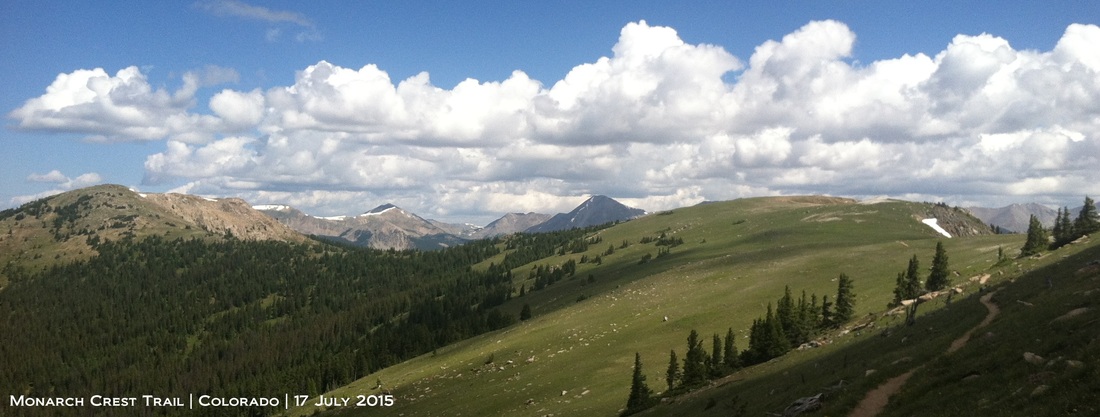
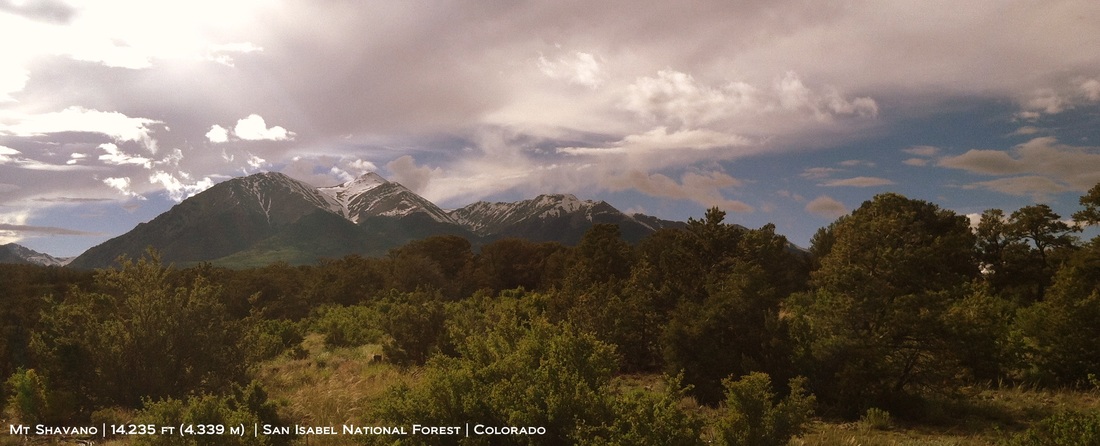
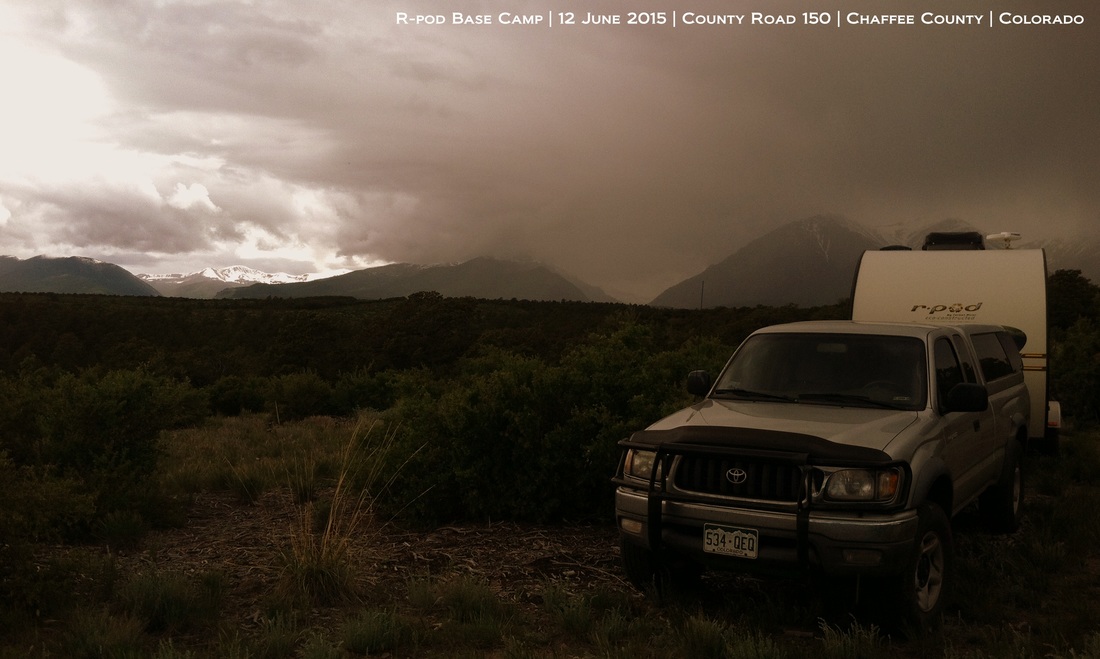
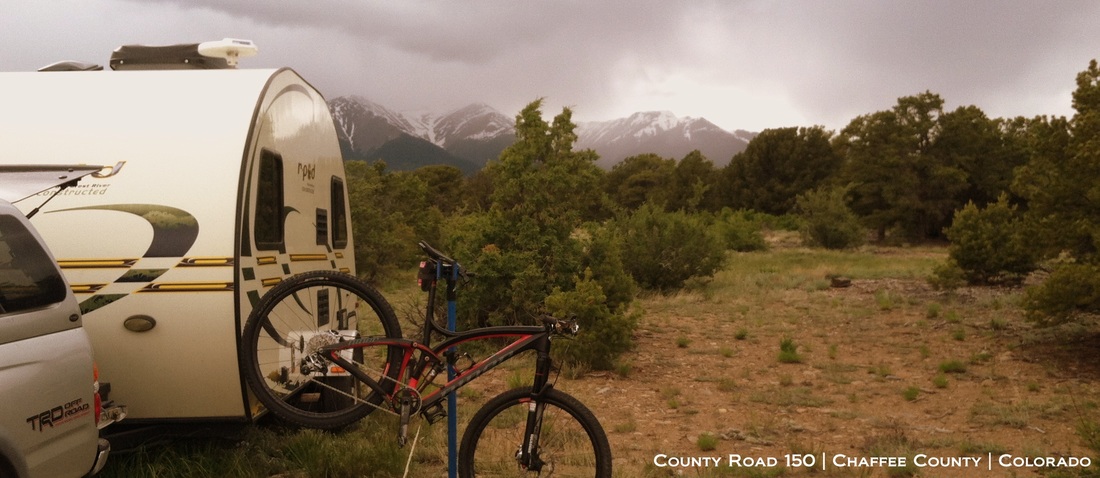
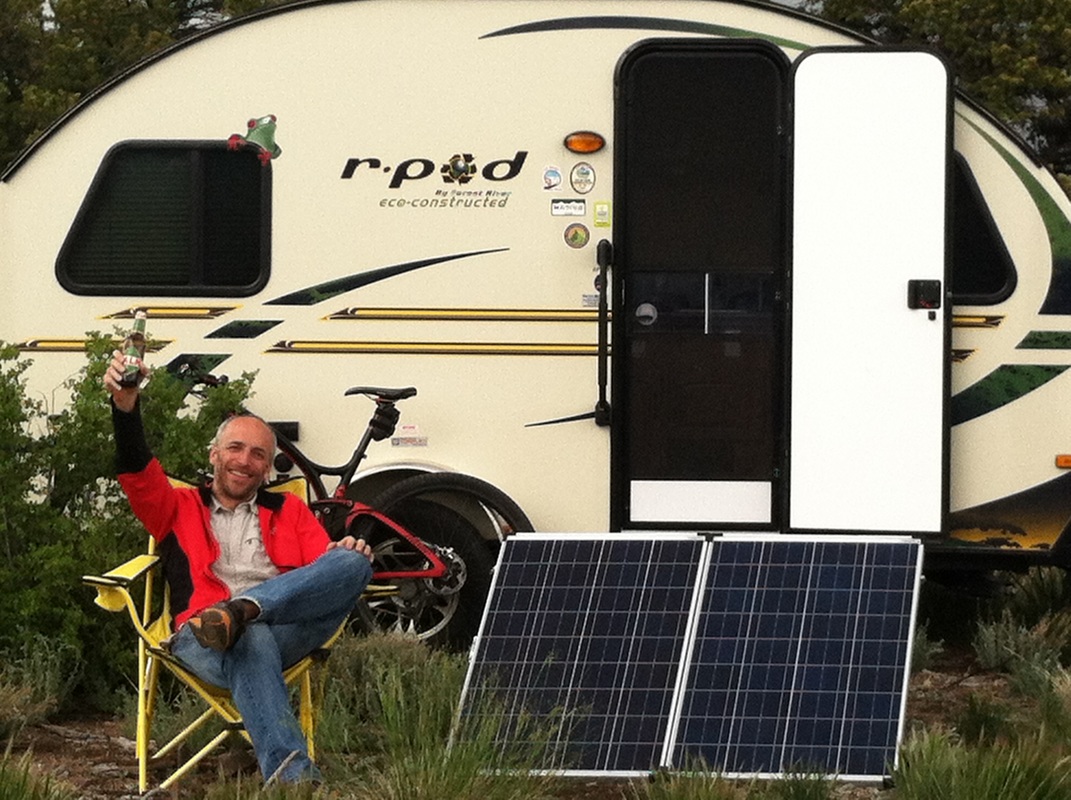
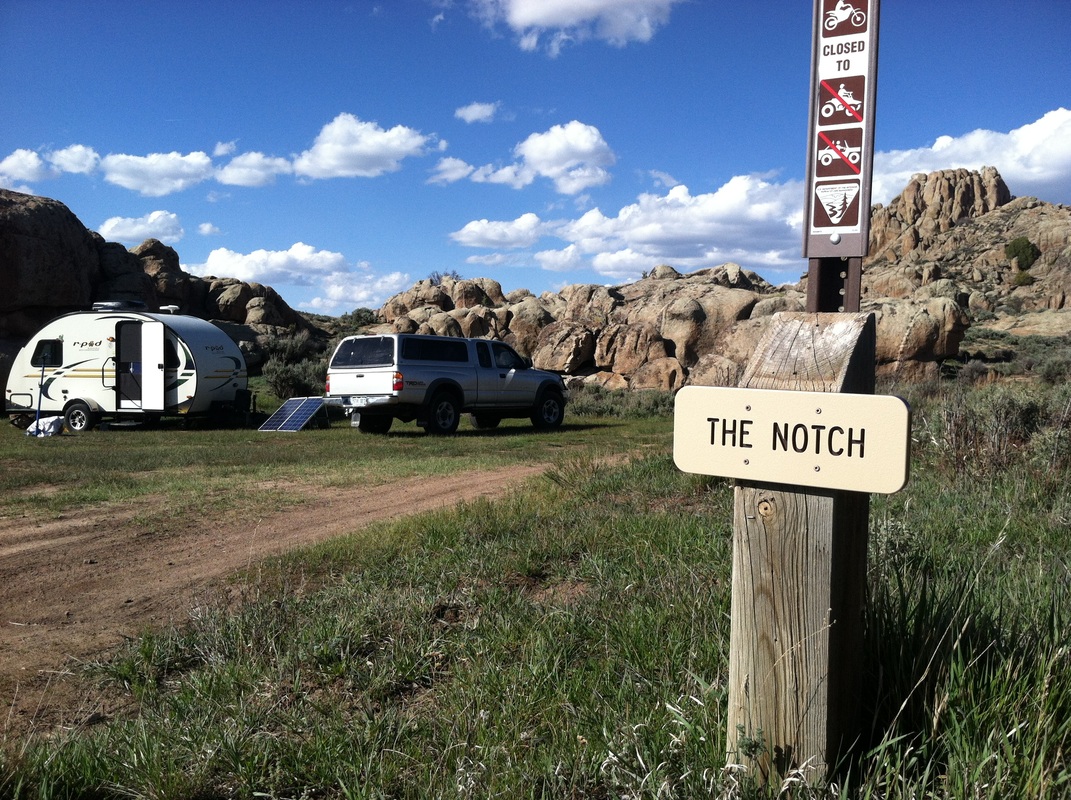

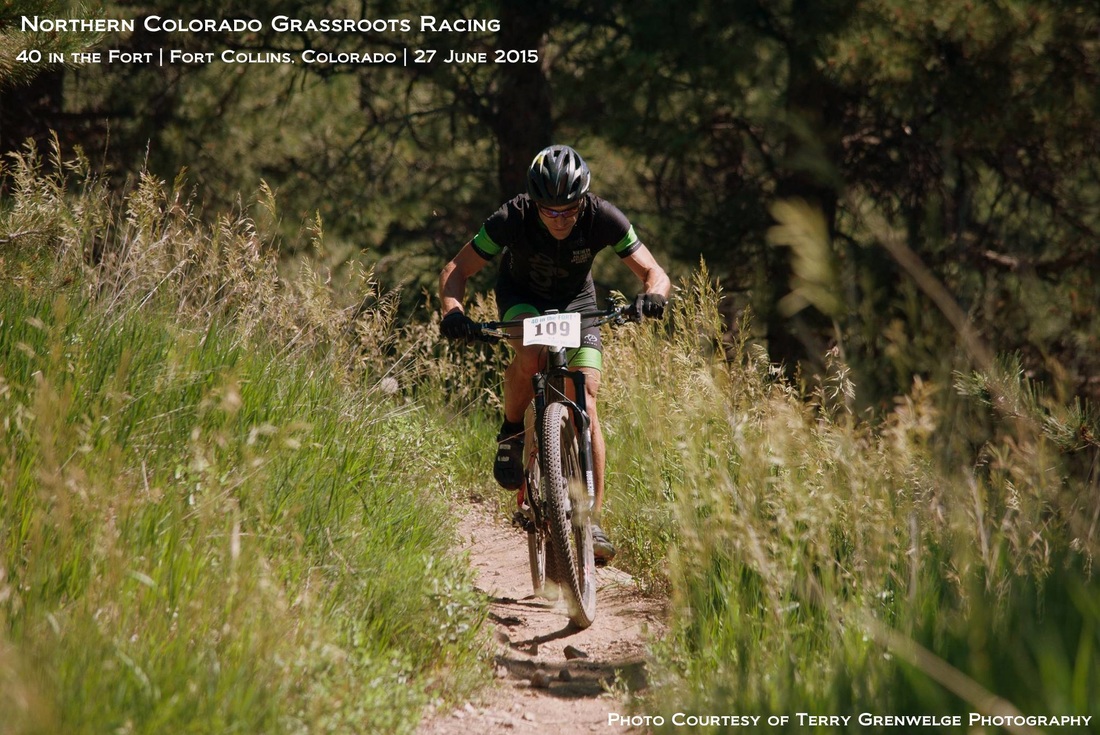
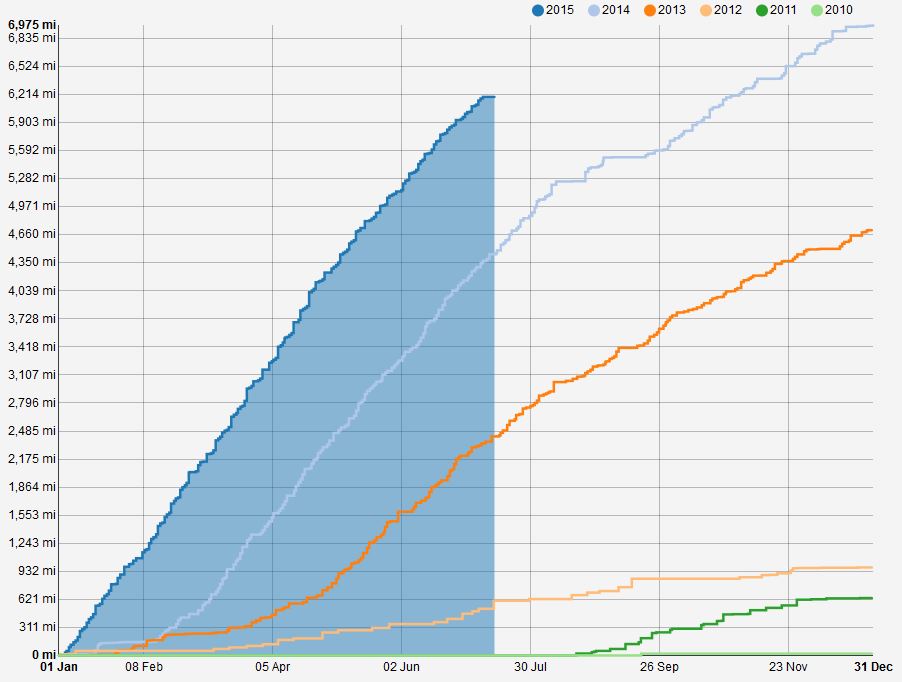
 RSS Feed
RSS Feed